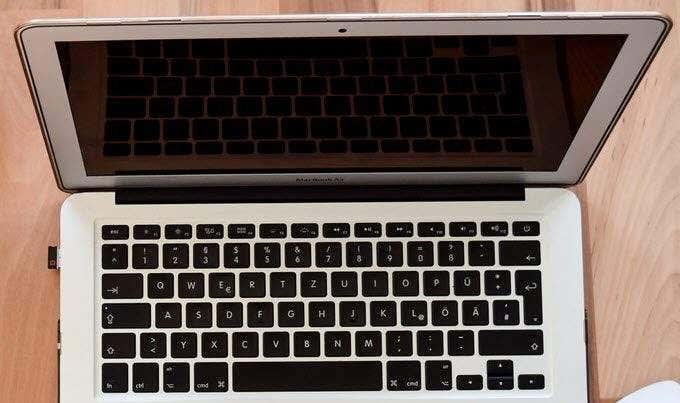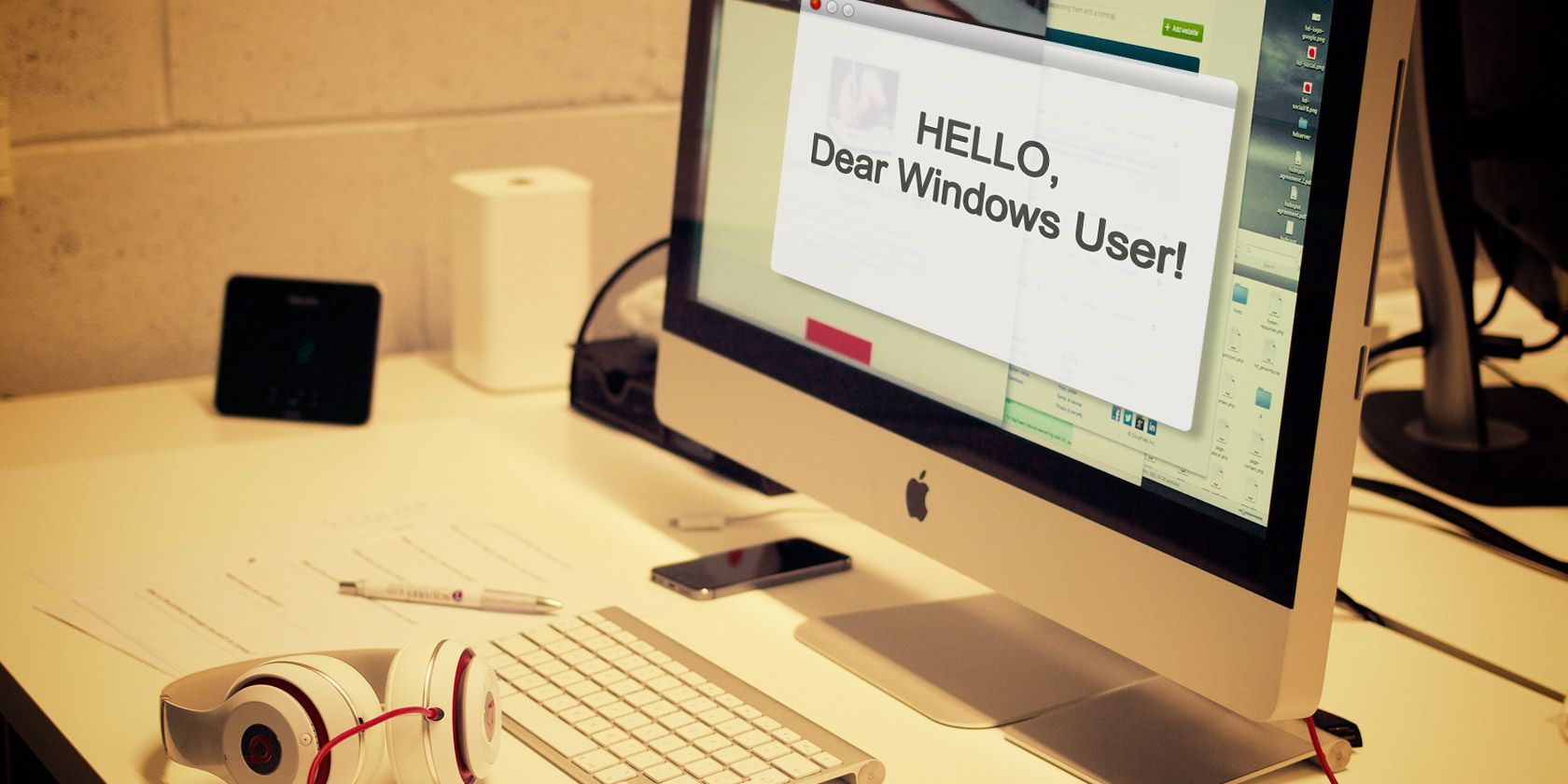

- #How does a pc user learn to use a mac how to
- #How does a pc user learn to use a mac update
- #How does a pc user learn to use a mac software
- #How does a pc user learn to use a mac free

We assume their reasoning is that if you have existing, older malware that you haven’t spotted yet, you probably won’t spot CryptoLocker either, and you probably won’t have backup – and that means they’re more likely to be able to squeeze you for money later on.įortunately, CryptoLocker is not a virus (self-replicating malware), so it doesn’t spread across your network by itself.īut it can affect your network, because it searches extensively for files to encrypt. The criminals are known to be using existing malware infections as “backdoors” to copy CryptoLocker onto victims’ computers. If CryptoLocker is running and has already popped up its payment demand page, you can still remove it and clean up, but the Virus Removal Tool cannot decrypt your scrambled files – the contents are unrecoverable without the key, so you may as well delete them.Įven if you don’t have CryptoLocker, it is well worth scanning your computer for malware. If it finds any malicious files, you can click a button to clean them up. Once it has checked for running malware, and got rid of it, then it scans your hard disk.
#How does a pc user learn to use a mac update
The Virus Removal Tool will load, update itself, and scan memory, in case you have malware that is already active.
#How does a pc user learn to use a mac software
This program isn’t a replacement for your existing security software, because it doesn’t provide active protection (also known as on-access or real-time scanning), but that means it can co-exist with any active software you already have installed.
#How does a pc user learn to use a mac free
You can use the free Sophos Virus Removal Tool (VRT).

→ Can’t see the details in the video on this page? Watch directly from YouTube. We recommend this video because Mark has pitched it perfectly: he doesn’t rush he doesn’t talk down to you he lets the facts speak for themselves and he brings an air of calm authority with just a touch of wry humour to what is a rather serious subject: However, we know you would love to see what it does and how it works, so here is a video made by a our friend and colleague Mark Rickus, of Sophos Support. We therefore recommend that you don’t try the malware out yourself, even if you have a sample and a computer you don’t care about, because you can’t easily test it without letting your computer converse with the crooks. You may want to keep the article open in another tab or window to refer to while you read this page.ĬryptoLocker reveals itself only after it has scrambled your files, which it does only if it is online and has already identified you and your computer to the encryption server run by the criminals. It covers: how the malware “calls home” to the crooks, how the encryption is done, which file types get scrambled, and what you see when the demand appears. → Our detailed article is suitable for non-technical readers. To understand how CryptoLocker goes about its dirty work, please see our step-by-step description. The fee is $300 or EUR300, paid by MoneyPak or BTC2 (two Bitcoins, currently about $280). The decryption key is unique to your computer, so you can’t just take someone else’s key to unscramble your files. 72 hours, or three days) to pay them for the key. The criminals retain the only copy of the decryption key on their server – it is not saved on your computer, so you cannot unlock your files without their assistance. (These threats can usually be unlocked without paying up, using a decent anti-virus program as a recovery tool.)ĬryptoLocker is different: your computer and software keep on working, but your personal files, such as documents, spreadsheets and images, are encrypted. Some ransomware just freezes your computer and asks you to pay a fee.
#How does a pc user learn to use a mac how to
It also explains how to improve your security against this sort of threat in future.ĬryptoLocker, detected by Sophos as Troj/Ransom-ACP, is a malicious program known as ransomware. The article tells you about prevention, cleanup, and recovery. This article explains how the CryptoLocker ransomware works, including a short video showing it in action.


 0 kommentar(er)
0 kommentar(er)
